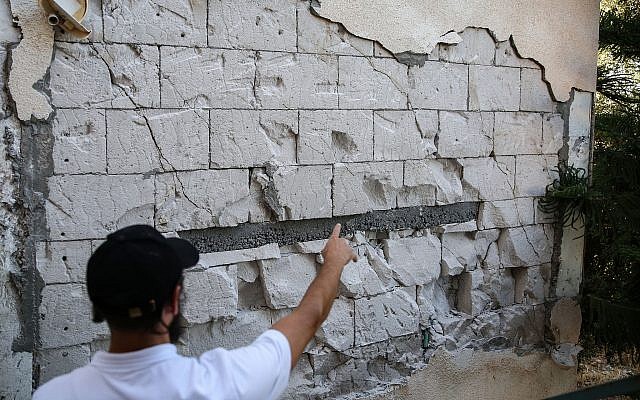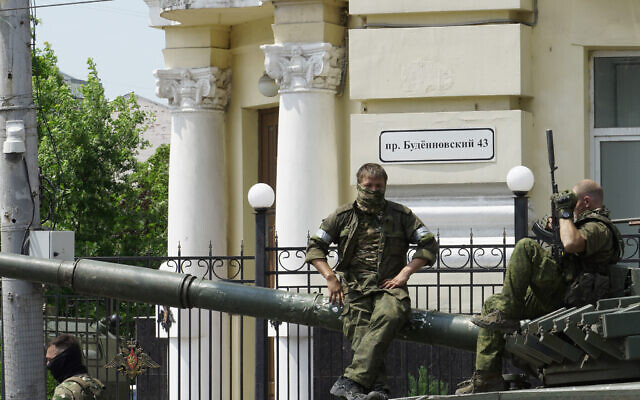93% of at-risk buildings would collapse if major earthquake hits, ombudsman finds
Despite repeated warnings, state comptroller report says most of the 1,200 homes, 54 schools in northeast Israel earmarked for urgent upgrading haven’t been strengthened

An estimated 93 percent of buildings in northeast Israel marked as the most at risk will collapse in the event of a strong earthquake, State Comptroller Matanyahu Englman said in a new report released Tuesday, a month after a powerful tremor killed over 50,000 people in Turkey and Syria.
The 1,208 buildings earmarked in 2018 for urgent upgrading are close to the Great Rift Valley — an area prone to earthquakes — in cities and towns such as Tiberias, Safed, Beit She’an, Kiryat Shmona and Hatzor Haglilit. Despite repeated warnings, the vast majority of them haven’t been strengthened.
Out of 54 earmarked schools, only 38 — 70 percent — have been upgraded, according to the ombudsman.
The cost of reinforcing buildings in the five northern municipalities was estimated at NIS 2.3 billion (over $634 million).
The report warned that at the current rate, it would take decades to protect all the existing at-risk buildings from earthquakes.
Englman called on the government to boost the state’s readiness to cope with an earthquake, particularly in communities near the fault line.
“Instead of waiting for an investigative committee after a disaster occurs, the defects need to be fixed immediately,” he said.

Since the massive quake that struck Turkey and Syria in early February, there has been a significant uptick in seismic activity in Israel and the region at large, with several small tremors registered in the country over the past month.
The last major earthquake to hit the region was in 1927 — a 6.2-magnitude tremor that killed 500 people and injured 700 — and seismologists estimate that such earthquakes occur in this region approximately every 100 years.
Tel Aviv University researchers published a study in 2020 warning that such an earthquake, large enough to cause hundreds of fatalities, will likely hit the country in the coming years.
The head of the government’s earthquake preparedness committee recently warned lawmakers that the main cities were not fully prepared for a major earthquake. An earlier comptroller report found there were 600,000 buildings in the country that do not meet the standard for earthquake resistance.
On Sunday, Israeli emergency authorities kicked off a four-day exercise simulating the receipt of tons of aid from allied nations amid a devastating earthquake, involving 18 countries along with the European Union and United Nations.









